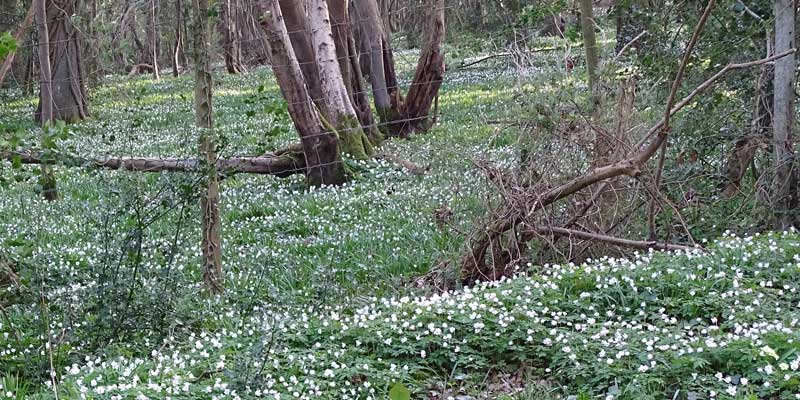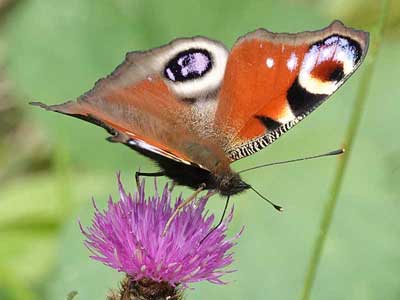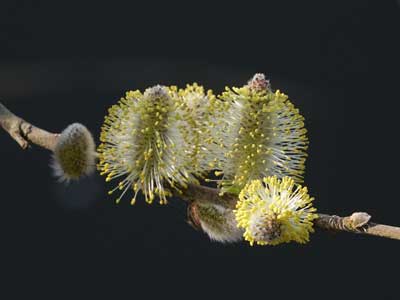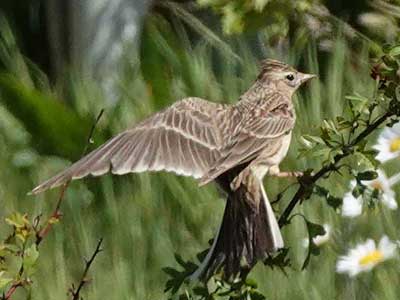Nature's Calendar

March

Butterflies are beginning to appear in March and you can expect to see Peacock, Red Admiral and Comma. If you are lucky you may also see the occasional Brimstone or Small Tortoiseshell.
Bumblebees will be about in March, usually queens looking for nest sites after emerging from hibernation. They will then raise a new brood of excellent pollinators, so necessary for our plants.

Early spring is a good time for woodland plants as they need to flower before the leaves grow on the trees, blocking out the sunlight. Wood Anemone produces a white carpet of spring flowers in some of our ancient woodland. The many Blackthorn bushes burst into masses of white flowers which always appear before the leaves. Ground Ivy, Red Campion and Dog-violet can be found and along the path through Combe Wood a large patch of Opposite-leaved Golden Saxifrage flowers from March until June.

Catkins will be growing on Silver Birch and the familiar pussy-willow on Goat Willow along the streams.
Many of the geese and ducks that have spent the winter in the valley will be departing now, although some Grey Lag Geese stay and raise a brood of goslings and usually a few Lapwings try to nest here each year, although not always successfully.

Skylarks will now be heard singing high above any rough grassland and Chiffchaffs will be calling around the woodlands.
Footpaths - 1 July
Most paths are now very dry although the warm, wet weather has encouraged lots of growth leading to some paths being a bit overgrown.
Report overgrown rights of way to East Sussex and other paths to the Friends of Combe Valley.
Latest News

Jersey Tigers
This month has seen an unusual number of Jersey Tiger moths along the South coast. They are usually a scarce migrant.
New on this website
August 2023 - a set of new pages describing some of the more common flowering plants has been added to the "Wildlife" section of the site.
